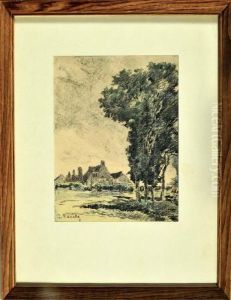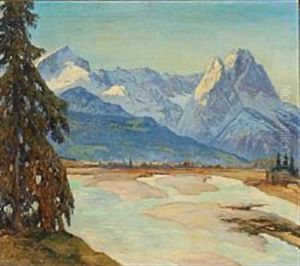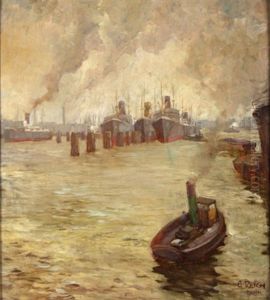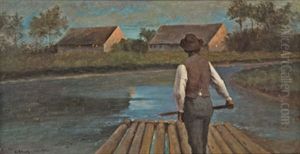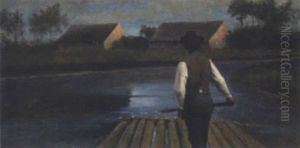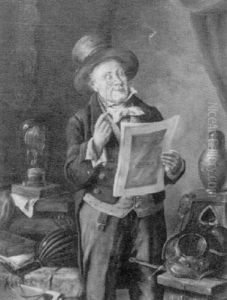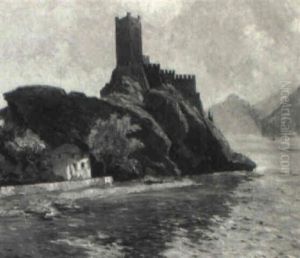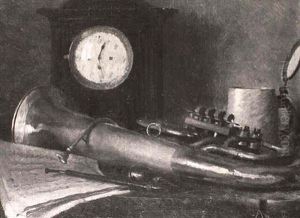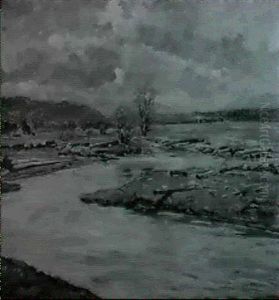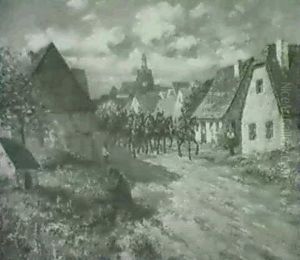Albert Reich Paintings
Albert Reich was a relatively obscure figure in the world of art, with limited information readily available about his life and career. Born in 1881, details about his early life, education, and formative influences in art remain scant. What is known, however, is that Reich was active during a period rich with artistic innovation, a time when movements such as Expressionism, Cubism, and Surrealism were reshaping the landscape of visual arts in Europe and beyond. Despite the lack of extensive records on his contributions, it is believed that Reich worked primarily as a painter, possibly exploring themes and styles prevalent in the early 20th century.
Reich's artistic output and the exhibitions he may have participated in are not well-documented, making it challenging to assess his impact on and contributions to the art world of his time. The era in which he lived was marked by significant upheaval, including the two World Wars, which profoundly affected artists and the production and reception of art. Given the years of his life, from 1881 to 1942, it is conceivable that Reich's career was influenced by these historical events, possibly reflected in the themes, techniques, or materials he employed.
Albert Reich's death in 1942 occurred during a tumultuous period in history, amidst the global conflict of World War II. The war had devastating effects on the artistic communities across Europe, with many artists facing persecution, displacement, or the destruction of their works. Reich's legacy, like that of many artists of his time, may have been obscured by the broader tragedies and displacements of the era. Without substantial records of his works or critical reception, Albert Reich remains a figure on the periphery of the art historical narrative, representative of the countless artists whose lives and contributions have been overshadowed by the enormity of the historical events surrounding them.
